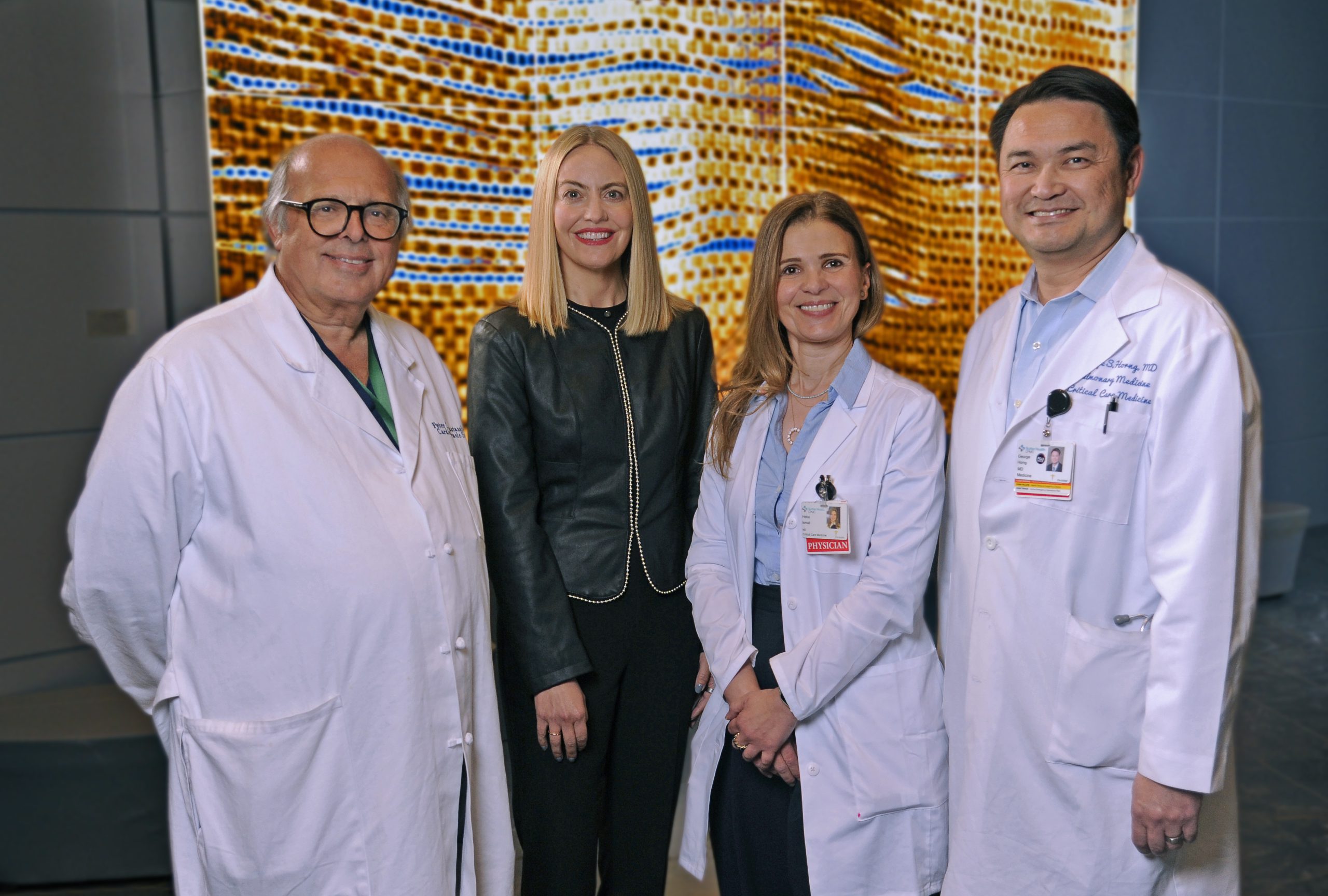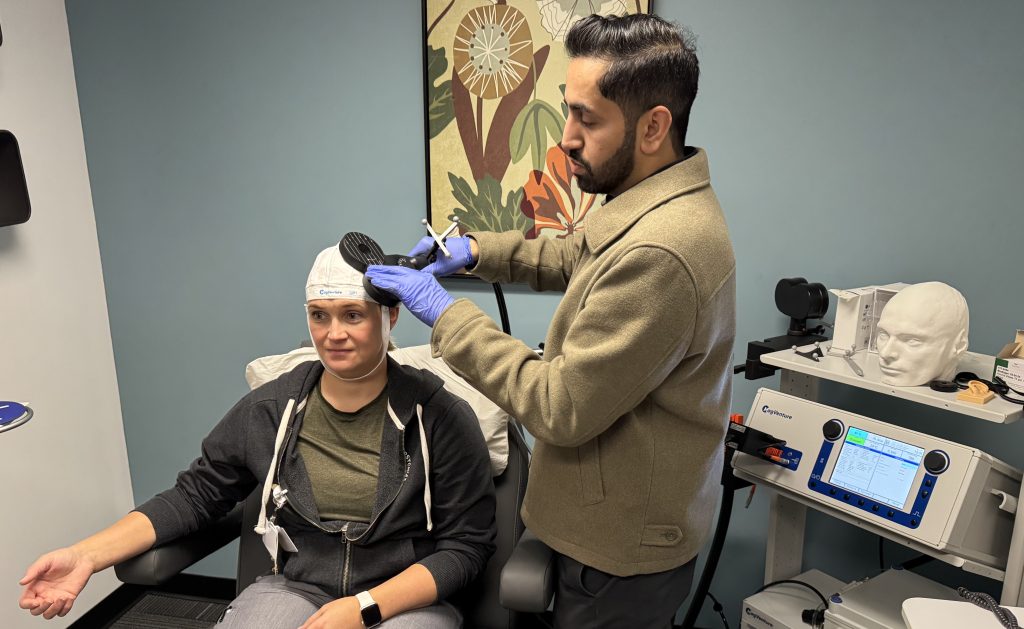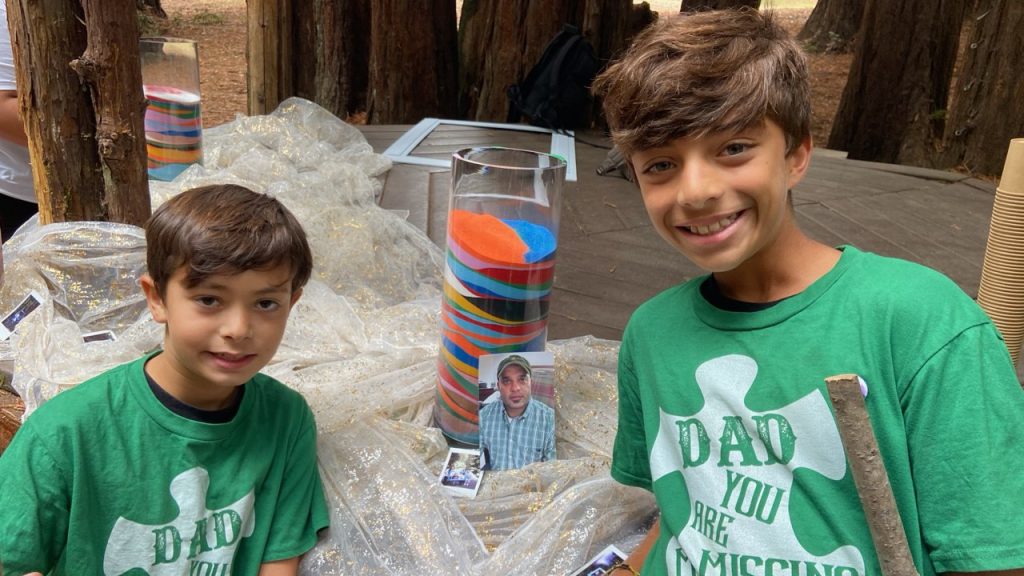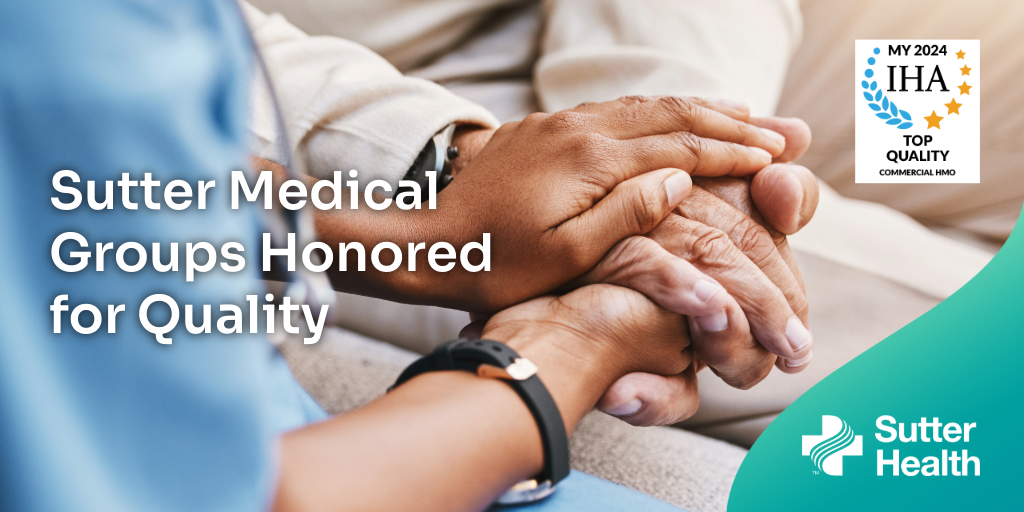(Left to Right) Dr. Peter Anastassiou, Wendy Armstrong (patient), Dr. Heba Ismail and Dr. George Horng
Lung cancer screenings paired with routine mammography can support earlier detection
Imagine going in for one cancer screening only to learn you may have another. That’s what happened to 47-year-old Wendy Armstrong, a non-smoker with a family history of breast cancer. During a recommended breast MRI, doctors detected a lung nodule. Though initially reassured it was likely benign due to her age and non-smoking history, Armstrong sought medical advice at Sutter’s California Pacific Medical Center, part of Sutter Health, where she chose to undergo a robotic bronchoscopic biopsy that confirmed the nodule was cancerous. After her cancer was cured with surgical resection at stage IA, her experience inspired a new initiative at CPMC. Called Grouped Lung Cancer and Mammography Screening, or GLAMS, the program aims to detect lung cancer earlier in women by combining breast and lung cancer screenings. “If not for that routine screening, I would never have known about the nodule,” Wendy shares. “It opened my eyes to how easily women, like me, could be missed.”

Wendy Armstrong
Deborah Bishop, a nurse navigator at CPMC, frequently sees this gap in screening. “Lung cancer is generally seen as a disease of older men who smoke. But we’re seeing an increasing number of cases in women, particularly, younger, non-smoking women,” she explains.
Dr. Heba Ismail, an interventional pulmonologist and the director of CPMC’s Lung Nodule Center, leads the GLAMS initiative. “This program is instrumental in early detection of lung cancer in women by pairing screening with routine mammography,” she says. The program targets women in their 40s, 50s and 60s who are already scheduled for mammograms, making it easier to detect lung cancer in those who are eligible, yet might otherwise go untested.
At CPMC’s Breast Health Center, women complete a brief questionnaire assessing risk factors such as age, smoking history, family history and environmental exposures. Those who qualify are scheduled for a low-dose CT scan, a more sensitive screening method than traditional chest X-rays. “This approach allows us to be more proactive in finding lung cancer in women,” Dr. Ismail explains. “We know early identification and rapid treatment of the disease significantly improves outcomes.”
Learn more about Sutter Health’s Lung Nodule and Cancer Screening Program
“GLAMS also aims to gather critical data that could help shape future screening guidelines for non-smoker women,” Dr. Ismail adds.
Although, up to 20% of women diagnosed with lung cancer are lifelong non-smokers, screening guidelines still focus on older smokers. This oversight means women with other risk factors, such as family history, Asian descent, environmental exposure or exposure to secondhand smoke, are being missed until the disease is more advanced and harder to treat, and with decreased survival rates. “It’s rare to catch lung cancer at stage 1A because there are usually no noticeable symptoms,” says Bishop.
During its first year, CPMC will analyze the questionnaires from women at Breast Health Center. They will track how many qualify for lung cancer screening but were either unaware of the criteria or had not been offered screening, despite meeting U.S. Preventive Services Task Force guidelines. The program will also monitor how many of these women agree to undergo further screening. If trends emerge, Sutter Health plans to widely share these findings to help raise awareness about gender biases in current screening protocols and advocate for more inclusive guidelines. “Our hope is to drive broader change in how lung cancer screenings are designed,” says Dr. Ismail.
With positive results, GLAMS may expand to other Sutter Health locations, bringing this innovative model to a larger population of at-risk women. “Early detection is lifesaving,” Bishop affirms. “We believe this program has the potential to transform lung cancer screening for women and improve survival rates.”
For non-smoker women with other risk factors, including positive family history, Asian descent or environmental exposure who may not qualify for lung cancer screening based on the current guidelines, CPMC’s Lung Nodule Program could offer additional counselling and screening options. For more information, email Deborah.bishop@sutterhealth.org.





